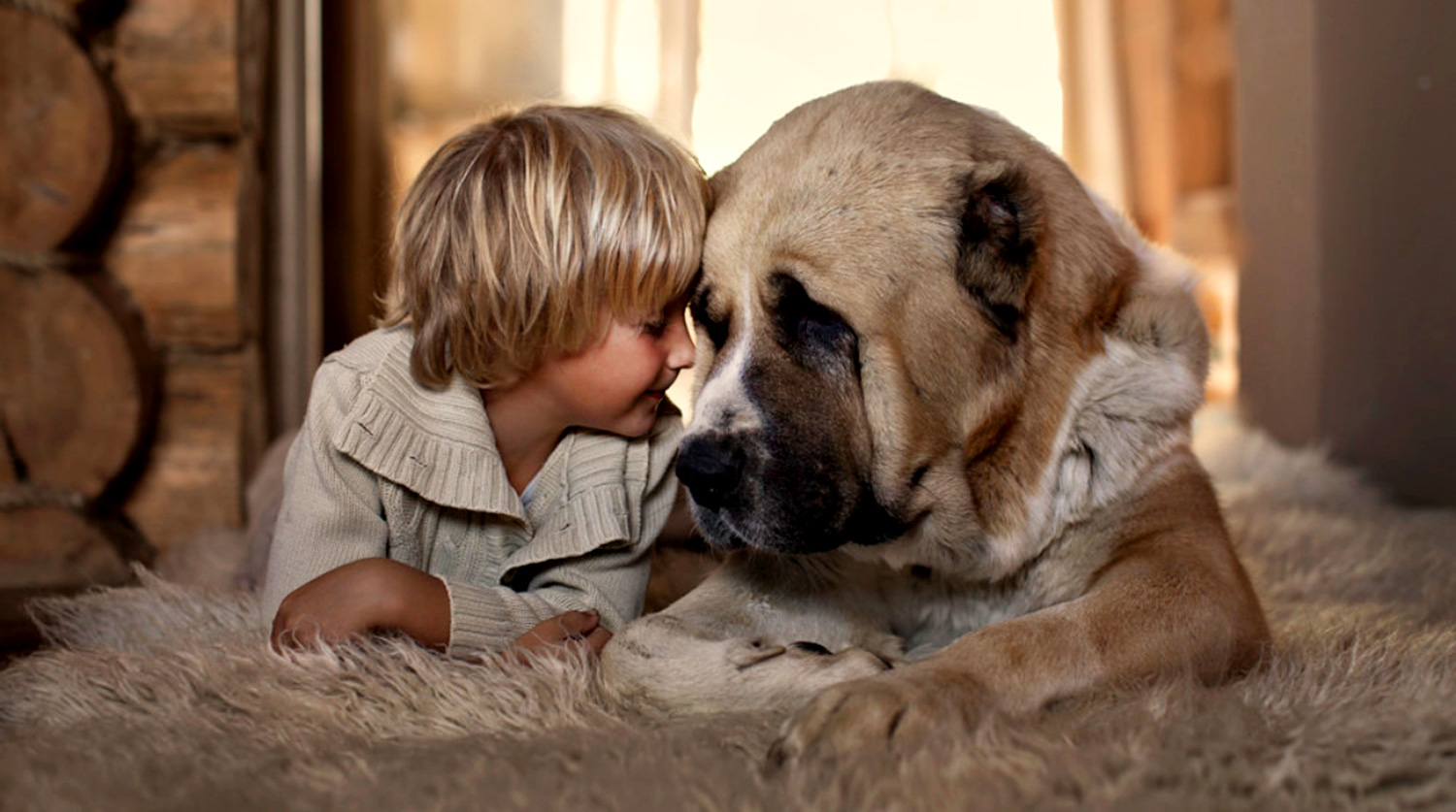People were shocked to see what was emerging from the sea. Tourists on the Romanian coast were surprised by what they saw in the water. An injured dolphin was brought ashore by the waves.
The dolphin was pulled out of the water in an attempt to save it, but unfortunately, it had no chance. Experts say it is a mammal of the Delphinus Delphis species.
Multiple wounds were found on the body, suggesting that they were caused by nets used by fishermen.
In the Black Sea, three distinct species of marine mammals are present.

Common dolphin (Delphinus delphis ponticus)
Bottlenose dolphin (Tursiops truncatus ponticus)
Harbor porpoise (Phocoena phocoena relicta)
The Black Sea dolphins differ in both morpho-anatomical characteristics and their primary food sources. The bottlenose dolphin and harbor porpoise mainly feed on fish and other benthic organisms, while the common dolphin’s diet consists of fish and other organisms found in the water column.
Each species has a preference for specific habitats. The first two species are mainly found in coastal areas, while the common dolphin is typically encountered in offshore zones.
The common dolphin displays a bluish-gray to brown hue on its dorsal side, featuring a lightly hued V-shaped lateral boundary. The lower jaw connects to the pectoral fins through a pigmented band that varies in darkness. The dorsal, pectoral, and caudal fins exhibit black to gray-brown shades.
At birth, their length measures between 0.80-0.95 meters. In the Black Sea, they reach a maximum size of 2 meters (males – 177 cm, females – 159 cm). These creatures are highly susceptible to chemical and acoustic pollutants. They usually congregate in groups of 10-15 individuals, as well as in pairs or as solitary individuals. They are capable of rapid swimming, reaching speeds of up to 50 km/h. They make frequent short-duration dives and breathe at the surface with intervals of 1/3 seconds. They inhabit depths of up to 70 meters below the surface.
They attain sexual maturity at the age of two years, and the gestation period lasts ten months, with weaning occurring at four months. They display highly advanced maternal instincts. Their lifespan is roughly estimated to be 25-30 years. Their primary diet comprises small pelagic fish (such as sprat, anchovy, and gobies) and crustaceans, but their stomachs often contain others species like horse mackerel, cod, bluefish, red mullet, sea bass, shrimp, and mollusks. They consume around 10 kg of food per day.







